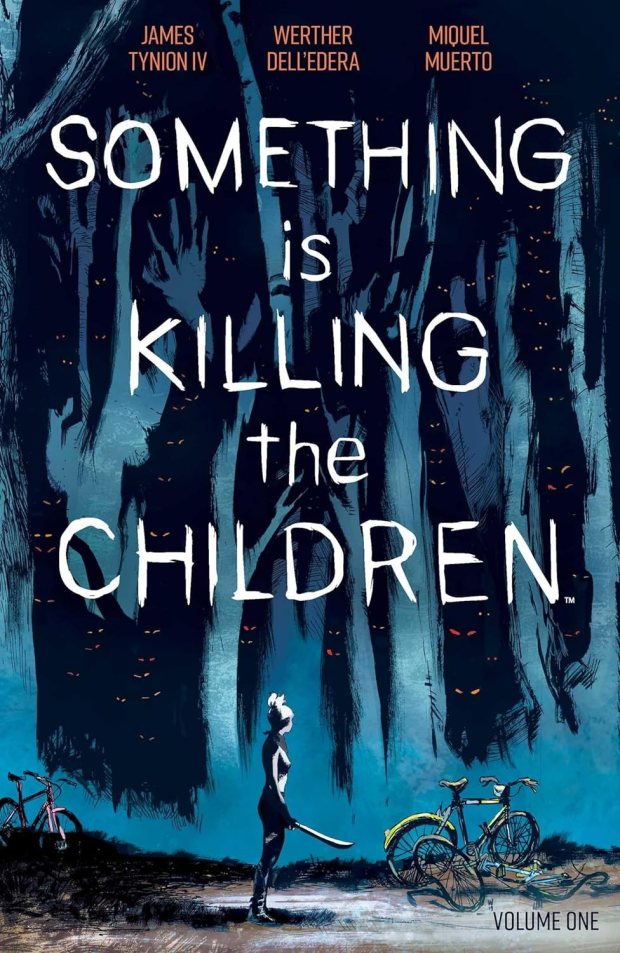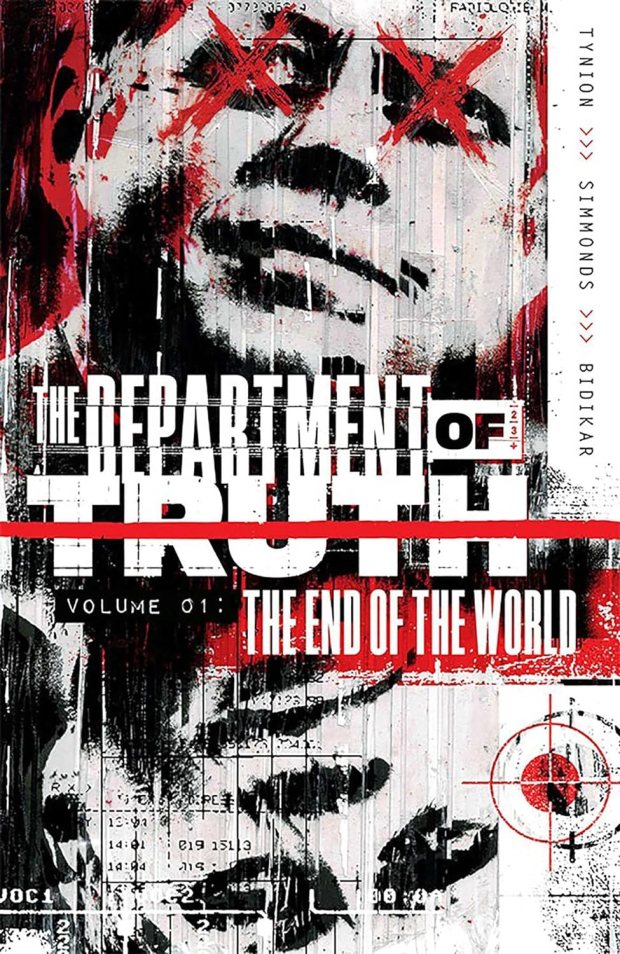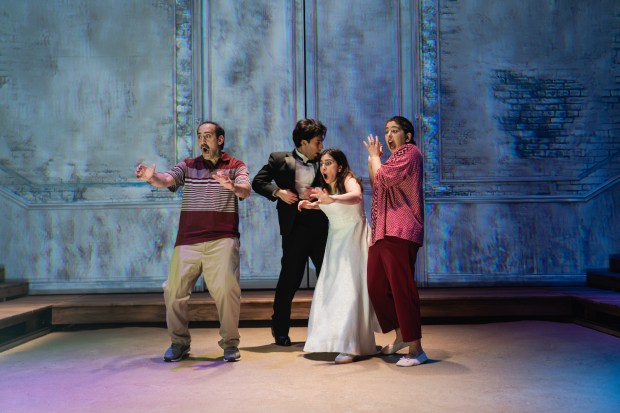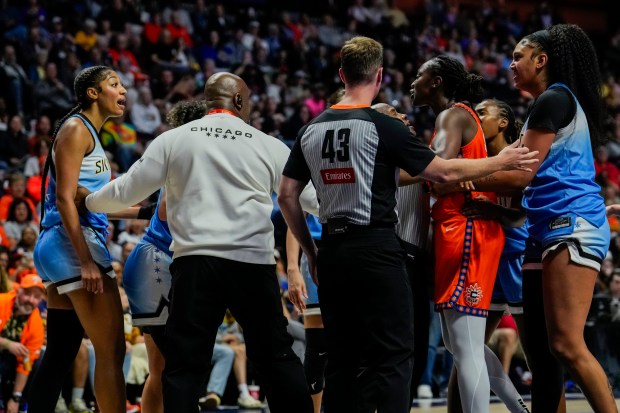One of my favorite contemporary writers is this guy from Milwaukee named James Tynion IV. It’s a haughty name, except he writes horror comics. He writes other things, too, nothing that would suggest gravitas: Batman comics, Batman meets Teenage Mutant Ninja Turtle comics. That is, unless you know the finest monthly comic books these days are far from indifferently written, or as hilariously overwritten as they once were, full of characters delivering tsunamis of exposition.
So, this “IV” in your name, I asked, it’s there to compensate for writing horror comics?
It’s there, he laughed, because his father (a longtime New York lawyer who specializes in the renewable energy industry) is James Tynion III. It’s just a professional distinction.
Yet, as a gothic flourish, it lends mystery.
Especially considering that when Tynion IV appears this week at McCormick Place for the Chicago Comic and Entertainment Expo, or C2E2, he comes as arguably the best writer in the medium right now, though not representing Batman or the Justice League but his own decade-long creations, very of-the-moment comics about federal conspiracy (“The Department of Truth”), world apocalypse (“The Nice House on the Lake”), mass disappearance (“The Woods”) and paranoia (“Something is Killing the Children”). He’s appearing at several talks on horror comics, as well as on a panel just about himself.
We spoke by phone the other day; the following was edited for length and clarity.
Q: Did Wisconsin shape your writing voice? Speaking of paranoia and conspiracy, it is the home of the John Birch Society now.
A: It’s in so many of my books. Where you spend your teen years is burned deeper than anywhere else, I think. Now that I’m in my mid to late 30s, my view is tipping toward my time in New York. But being from Milwaukee, there’s a feeling of being on the outskirts of culture. I was growing up as a young queer person during the Bush II years, and Wisconsin was a very purple state. Both sides were loud, so feeling caught in the midst of all that was formative. I was figuring out if I wanted to go to Pride Fest, for instance, even as I had classmates arguing whether or not there should be a Pride Fest. There was also a primal feeling from big dense woods. I had a ravine behind my dad’s house. Seeing it now: OK, there are houses there, and it’s not that huge. But as a child, it felt like staring into another world, and things were happening in the darkness.
Q: Conspiracy, as a theme, became your thing.
A: Yes, since horror reflects society. There’s a fear now that we are living in all these broken systems no longer intending to save us. Yet we have to use those systems. You ask yourself: What do I have to become to survive this? What am I willing to let myself become? I realized I could come at that theme from so many different angles. Right now I am doing a book called “Spectregraph,” and it’s a ghost story, and yet ghost stories are always about a fear of death. Instead, I wanted this one to be about a fear of life, partly told through the decay of capitalism. There is so much tension now in the fear of tomorrow and persisting, and I wanted to dig into that feeling, while using this genre.

Q: Starting out, did you look to classic horror comics for inspiration?
A: Honestly, I didn’t even know this was a lane to pursue. My way into comics was very much through Superheroland, but then I kept discovering the full potential of what comics could be. Neil Gaiman and “Sandman” made me want to pursue writing as a career, period. I also can’t deny the giants of pop lit. Lately, I’ve been rereading Stephen King and Agatha Christie, and what comes across is how effortlessly good they can be.
Q: The funny thing is, as a young writer out of the creative writing program at Sarah Lawrence College, you were not only going into comics — historically known for bad writing — but horror, a maligned niche of a maligned medium.
A: Absolutely, though I love that older schlockier stuff tremendously. And yet, to try to write in that voice is me trying to wear my dad’s old coat. It’s not how I write, and it doesn’t pull from my influences, and besides, there is a contemporary storytelling pace that you must work with now. And you can do that without leaning into nostalgia or the tropes of classic comic books, but I can see why older comics writers approached this material the way they did, and I can still take pointers. Especially with horror, which was always short stories, about the economy of storytelling. I still have to figure out how to squeeze something unsettling out of, say, only four or five pages. So you lean into that density. Horror is playing with tension. Yesterday and now, that’s what it is.
C2E2: The 2024 Chicago Comic and Entertainment Expo runs April 26-28 at McCormick Place South, 2301 S. Martin Luther King Drive; www.c2e2.com
cborrelli@chicagotribune.com





